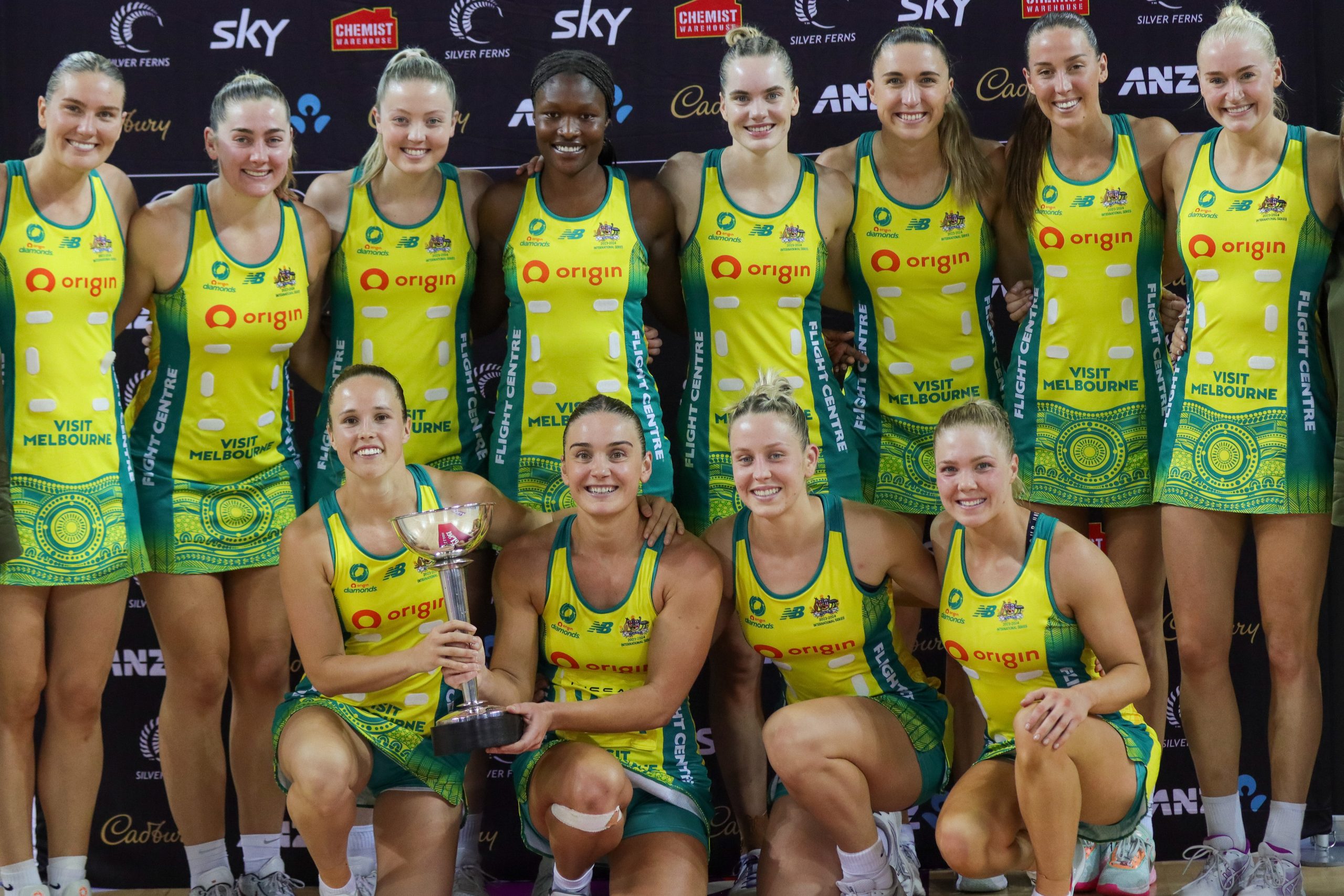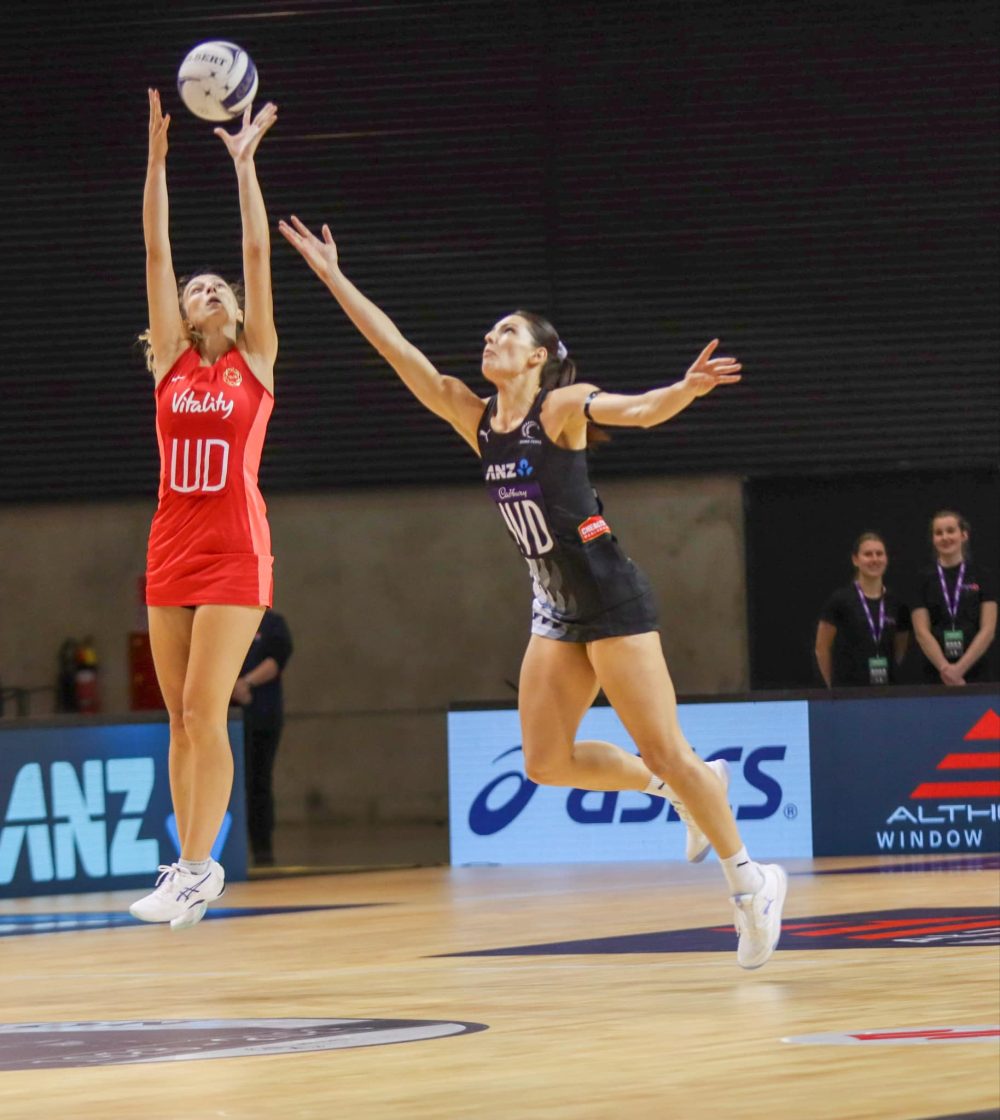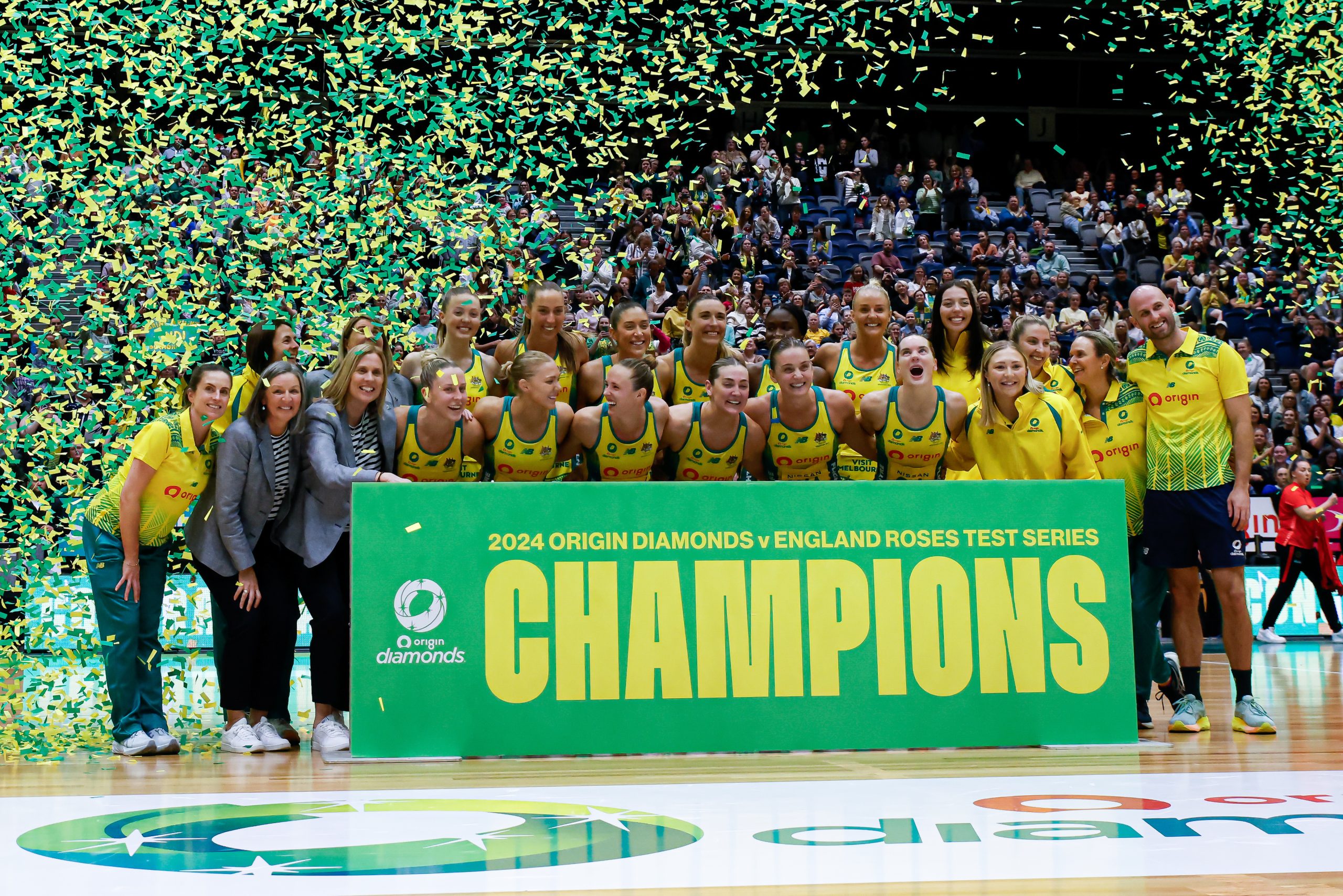What do sporting clubs need to be successful? A visionary coaching team, good support staff, a strong list of players, diehard fans, and the biggest intangible – a good culture. The first four factors are easy to quantify; culture is less easy to understand. Former AFL great Peter Schwab defined it as “a pattern of behaviour that has endured or underpins an organisation.” He believes it is built on the five pillars of vision, values, people, communication and evaluation.
Schwab also stated that sporting club culture includes, “The learned and shared behaviour of a community of interacting human beings.” In short, the internal attitudes and actions of a club will impact on public perception. Trouble that spills out from behind closed doors often makes its way onto the court and into the audience.
In the netball world, the Australian Diamonds have bought into the concept of breeding a healthy culture. Pivotal to their recent dominance has been the work they’ve done with Leading Teams, a company that has its footprint in many successful sporting codes and clubs. The Sunshine Coast Lightning, back to back Suncorp Super Netball titlists, has it in spades.
Led by revered coach Noeline Taurua and former captain Geva Mentor over the past two seasons, the Lightning are living proof that a happy club is a performing club. Despite having few of the facilities that other clubs enjoy, Lightning is able to attract the big names and win the big games.
The Giants, Queensland Firebirds and Melbourne Vixens are other clubs who’ve been recently successful, and the happy people/happy athletes mantra seems to fit them nicely.
At the opposite end of the spectrum, the Adelaide Thunderbirds and Collingwood Magpies have struggled over the past two seasons. The Magpies had the starriest list on paper, but wins on the court have been elusive for them this year. Along with new coaches and a seriously revamped player list, implementing a culture that breeds long term success is sure to be on the agenda for both clubs.
After many unfruitful years, West Coast Fever are another club who appear to be on the right track. They have a young but passionate coach in Stacey Marinkovich, a strong list with the recruiting coup of the 2018 season, Jhaniele Fowler, a stripped back game plan known as the Fever Way, a commitment to building an accountable culture, and a patriotic fan base.
They were narrowly defeated in this year’s Suncorp Super Netball grand final, and with significant changes to other playing lists, looked to be in the box seat for a strong challenge for the 2019 title. So it came as a massive surprise to many when things went pear shaped this week.
After signing a raft of returning players on multi-year deals, Fever parted company with their star goal attack, Nat Medhurst, after five seasons with the club. She’d just finished a two year contract with a third year option, which the club chose not to renew. The terse announcement was met with instant public uproar –social media was hit with over 6000 comments and shares in the first 24 hours alone.
Most comments ranged from disbelief to derogatory, with the public clearly unhappy at the decision. They didn’t like the tepid farewell of the announcement, the removal of a player who had stayed with the Fever when five other stars departed in 2017, or that Medhurst was told late in a short contracting period.
So why were fans so agitated? When players such as Caitlin Bassett, Geva Mentor and Caitlin Thwaites changed clubs over the past few days, it was met with barely a murmur. Perhaps the difference was in perception. People bought into the idea that the players had left of their own volition, even if it wasn’t the case. In contrast, according to an Instagram post several days after the grand final, Medhurst clearly expected to be part of the Fever in 2019.
Clues to the public unrest may lie in comments made by Cath Cox on Channel 9’s Sports Sunday. The much loved netballer turned commentator was herself dumped from the NSW Swifts by former coach Lisa Beehag in 2011. It was an unpopular move that took the Swifts a long time to recover from, and for many that memory endures.
Perhaps with memories in mind of her own situation, Cox said, “At the end of the day you can’t ignore what the Fever have done this season. They had two wins last year, and Nat Medhurst was a massive, massive part of Fever’s success this season.”
“Love her or hate her, the club obviously knows what’s going on and they’re in that inner sanctum. Obviously something wasn’t working so they’ve gotten rid of her. But yes, I do have an issue with the timing, and particularly because the contracting period is so short now, it’s less than a month from the end of the season to have your players contracted.”
“Nat Medhurst was completely blindsided, and is now less a week in trying to find some time to find a new club. Now that’s hard, and I agree with you (Liz Ellis) someone of her calibre deserves to know. She was at the Gala dinner on Wednesday night, enjoying the team, enjoying the success, and she had no idea this was coming.”
Every club rightly manages their playing list with one eye firmly on the future. In speaking to the media in Perth on Tuesday, Marinkovich made her position clear. She said, “We are looking for three year sustainability, so we have recruited with youth in our goal circle. I think we’ve got great strength around that position to be able to make the transition.”
Having already lost Sophie Garbin to the Swifts, Fever tied up local Kaylia Stanton on a one year contract and Melbournite Alice Teague-Neeld on a three year deal. The pair are 24 and 22 years old respectively. At 34, Medhurst is near the end of her playing career, and the club announced it was “committed to identifying and developing emerging talented players and player recruitment.”
Salary cap was another defining factor that Marinkovich alluded to. Medhurst was a big ticket item. By not renewing her contract, it undoubtedly freed up funds to meet the cost of retaining multiple other players. In particular, Courtney Bruce and Jess Anstiss would have earned a well-deserved pay rise after their recent successes.
In her media release about the situation, coach Stacey Marinkovich spoke of what a difficult decision it was for the Fever to part company with Medhurst. In truth, there was no easy way for the club to make the announcement; a tumultuous split was always going to be unpopular with the public. Her unique skills were seen by many as an integral cog for short term success, and the future could take care of itself.
Annika-Lee Jones was another casualty of Fever’s contracting period, being replaced by versatile excitement machine Olivia Lewis. Jones earned barely a footnote at the bottom of the club’s latest press release, with the statement reading, “I would like to thank Annika for her service to West Coast Fever, and wish her the best for the future.” It’s small public recompense for two years of toil, and a stark contrast to player farewells made by other clubs.
The long term ramifications are as yet unknown. Will Medhurst find a place on a roster at such short notice, or will she slide into retirement? How will the loss of such an important player affect Fever’s tilt at the 2019 Suncorp Super Netball title? Will the six months before the next season kicks off be enough time for fans to forgive and forget?
Spare a thought too, for the incoming Teague-Neeld. She’s endured four tough seasons at the Vixens and Magpies, and will have the unenviable task, along with Stanton, of dealing with the weight of public expectation. Inevitably comparisons will be made, particularly if the Fever don’t live up to their achievements of 2018.
The removal of Medhurst is one of the more public fallings out in Australian netball history. While Medhurst has maintained her silence since the announcement, there’s little doubt that more graceful social media releases by Fever could have created a vastly different narrative.
As a result, along with Medhurst’s welfare, it is the dent in the club’s culture that is the most concerning. If social media comments are anything to judge by, fans are livid. Many of them have stated they will vote with their pocket in not renewing memberships. Is that a knee jerk reaction that will die before next season, or will it have longer term implications for the club?
Who knows what impact it will have within the organisation, or how it will be judged in the long term by collective public memory. A move up the ladder could be met with forgiveness; a slide may see the blame game renewed.
Just one thing is certain: external perception of West Coast Fever’s cultural rebuild has been shaken to its foundations by events of the week.
Report: Jenny Sinclair
Cover photo: Simon Leonard








Beautifully written.
Some of these departures have been really poor both for players and teams.
I cannot understand the lack of loyalty by many of these changes – but I guess I’m a team-comes-first kinda guy, that’s the sports ethics I was brought up with.
Firebirds must be doing something right because they are loyal to their players and the players and fans are loyal in return. That’s the difference between winning a championship and building a dynasty. The Firebirds have never lost the long-term vision. Even during their “rebuilding” years they bounce back and upset teams.
Why do you think they’ve done so well over the long term Simon?